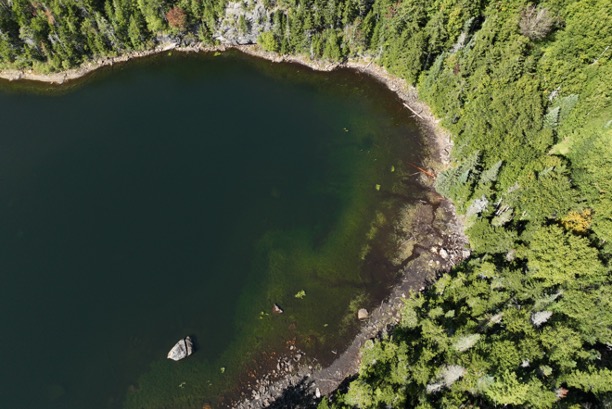
Green hues along the shoreline of alpine lake, Loon Pond, in northern New Hampshire.
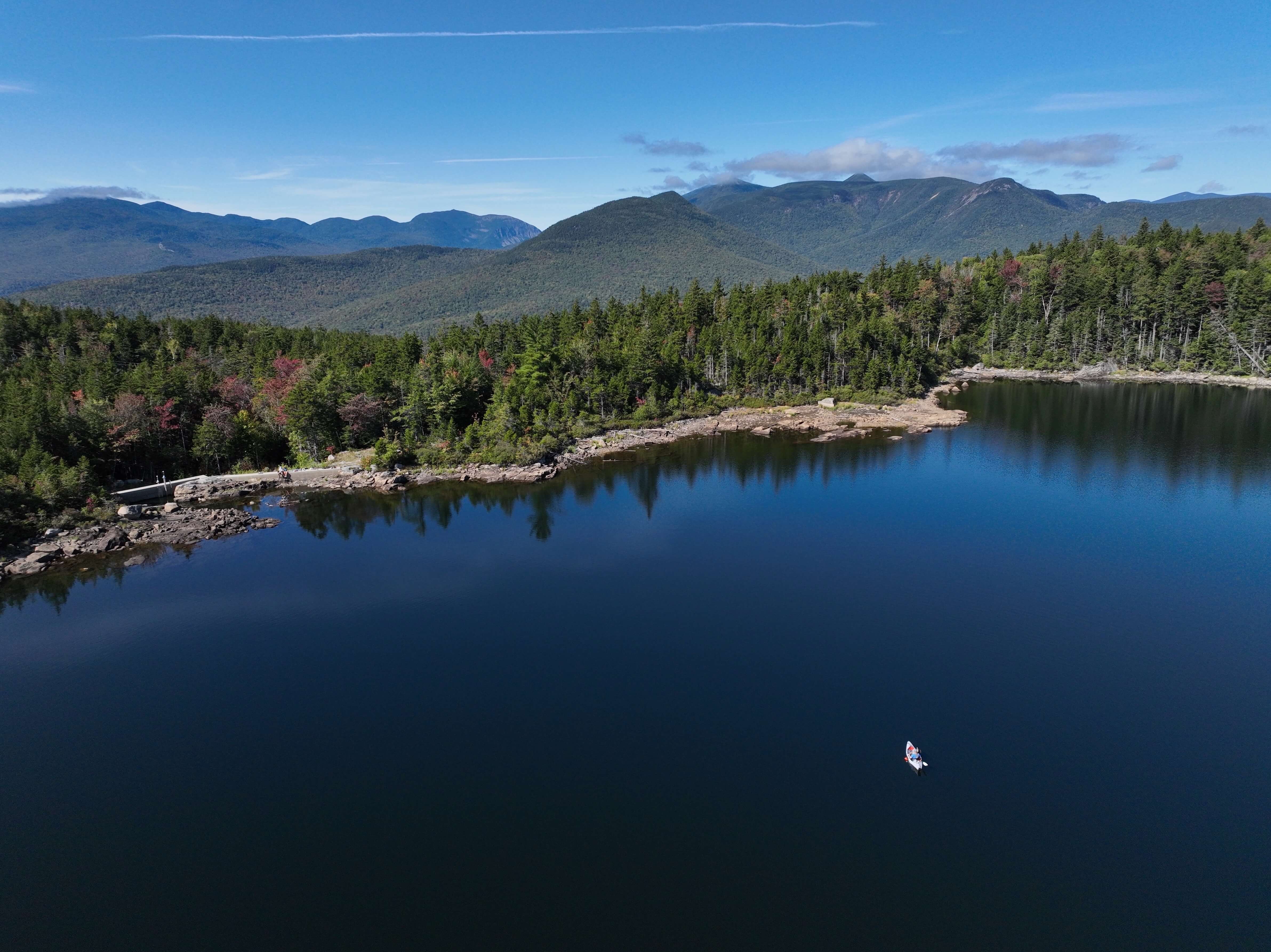
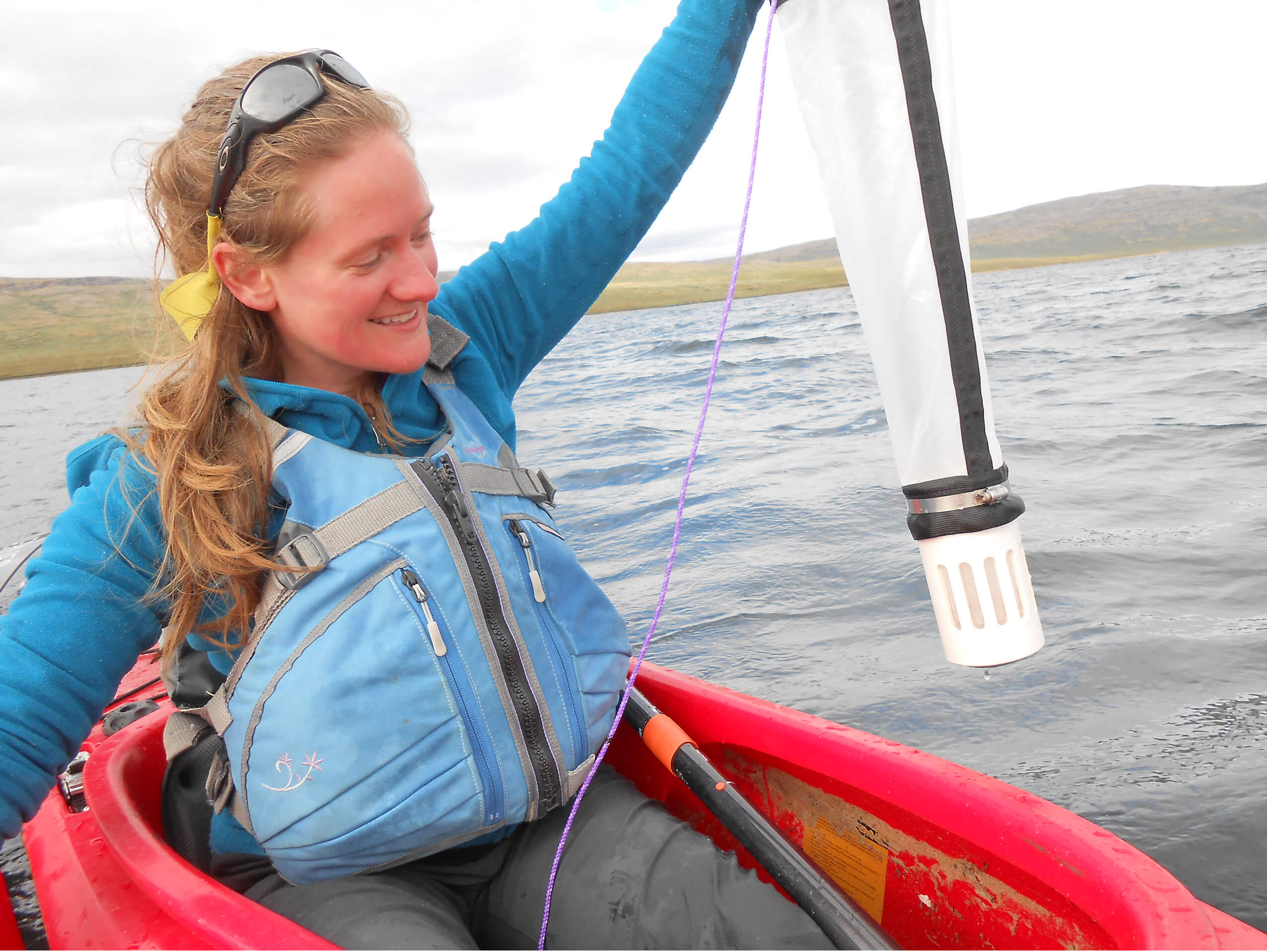
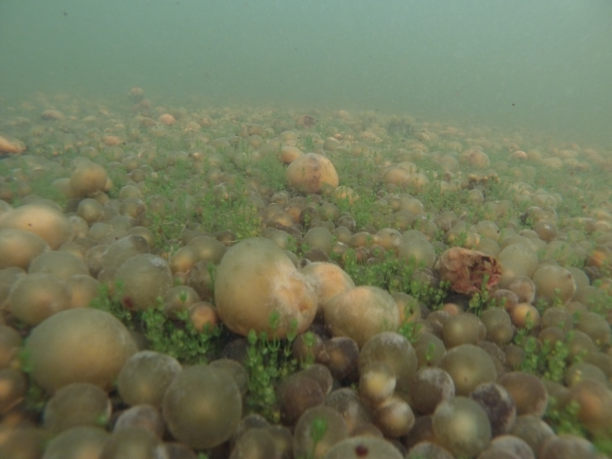
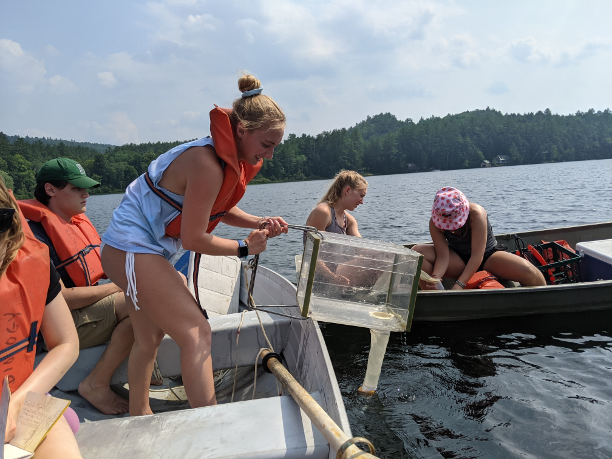
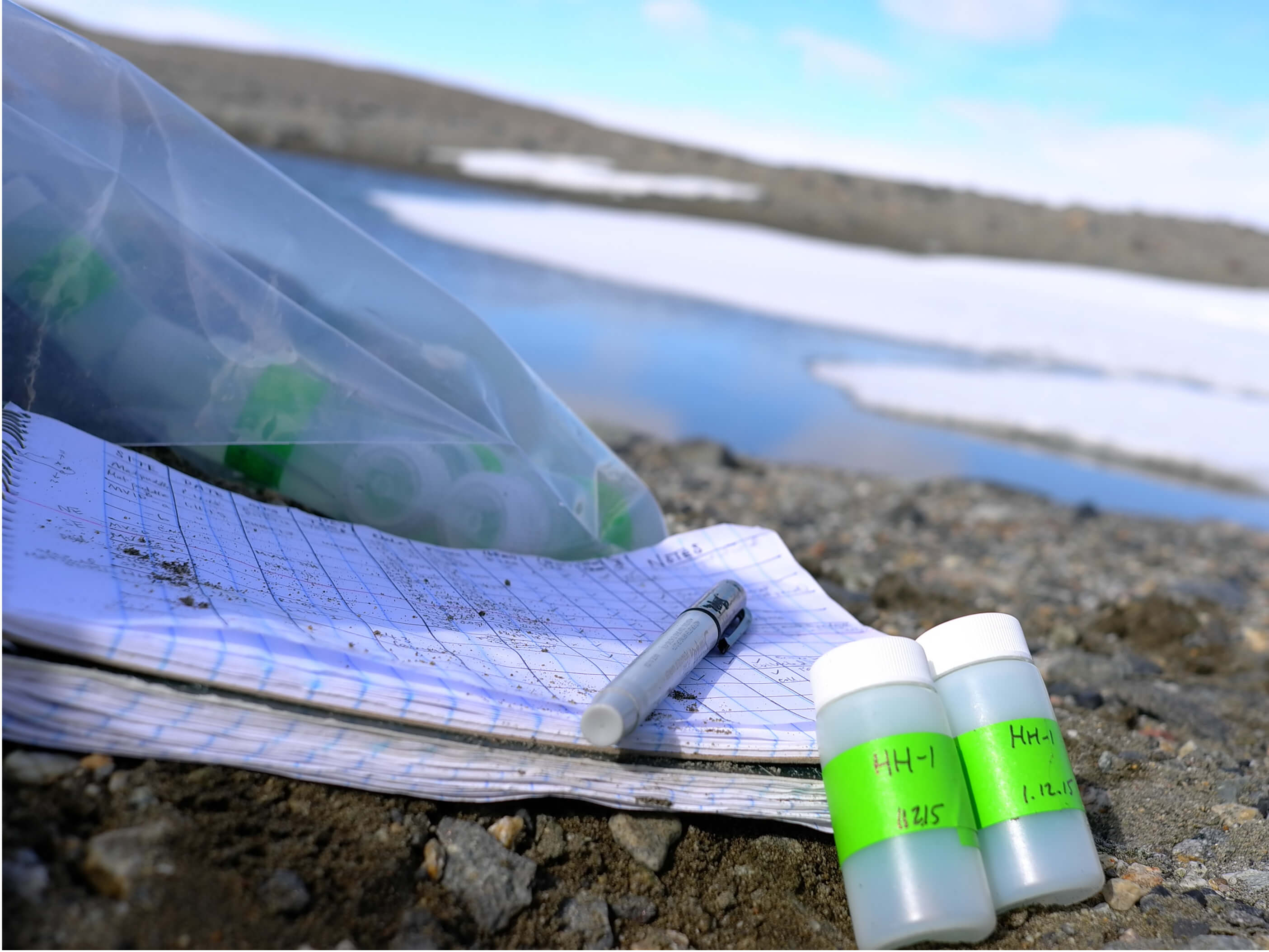
I am an interdisciplinary aquatic ecologist with a passion for studying freshwater ecosystems by combining diverse approaches.
I use a wide range of tools from disciplines including ecology, ecotoxicology, and remote sensing, to investigate
ecological questions related to aquatic food webs, cyanobacteria, cyanotoxins, and lake water quality.
A central theme of my research is understanding how cyanobacteria and their toxins influence freshwater
food webs and the surrounding terrestrial landscape. I am also interested in improving our understanding of the
multiple potential routes of exposure to cyanotoxins in the environment, through processes such as bioaccumulation and freshwater aerosolization.
In addition to studying lakes in the northeast,
some of my research addresses these questions in polar ecosystems, where
lakes and ponds are experiencing climate-related changes such as shifts in ice cover duration, precipitation,
and melting permafrost.
Outside of science, I am also a dancer trained in tap, jazz, modern, and aerial dance and have
enjoyed performing in shows across the seacoast region.
I have been the tap instructor at The Dance Collective in
West Lebanon, NH since 2015, and a member of the Dartmouth Dance Ensemble a since 2016. I have always loved merging
science with the arts. I enjoy thinking about ways in which biology can inform choreography, and how movement can be used as a form of data visualization
(e.g., Biomimetic Choreography workshop).
I think the two disciplines can inspire creative approaches and new perspectives in each other.
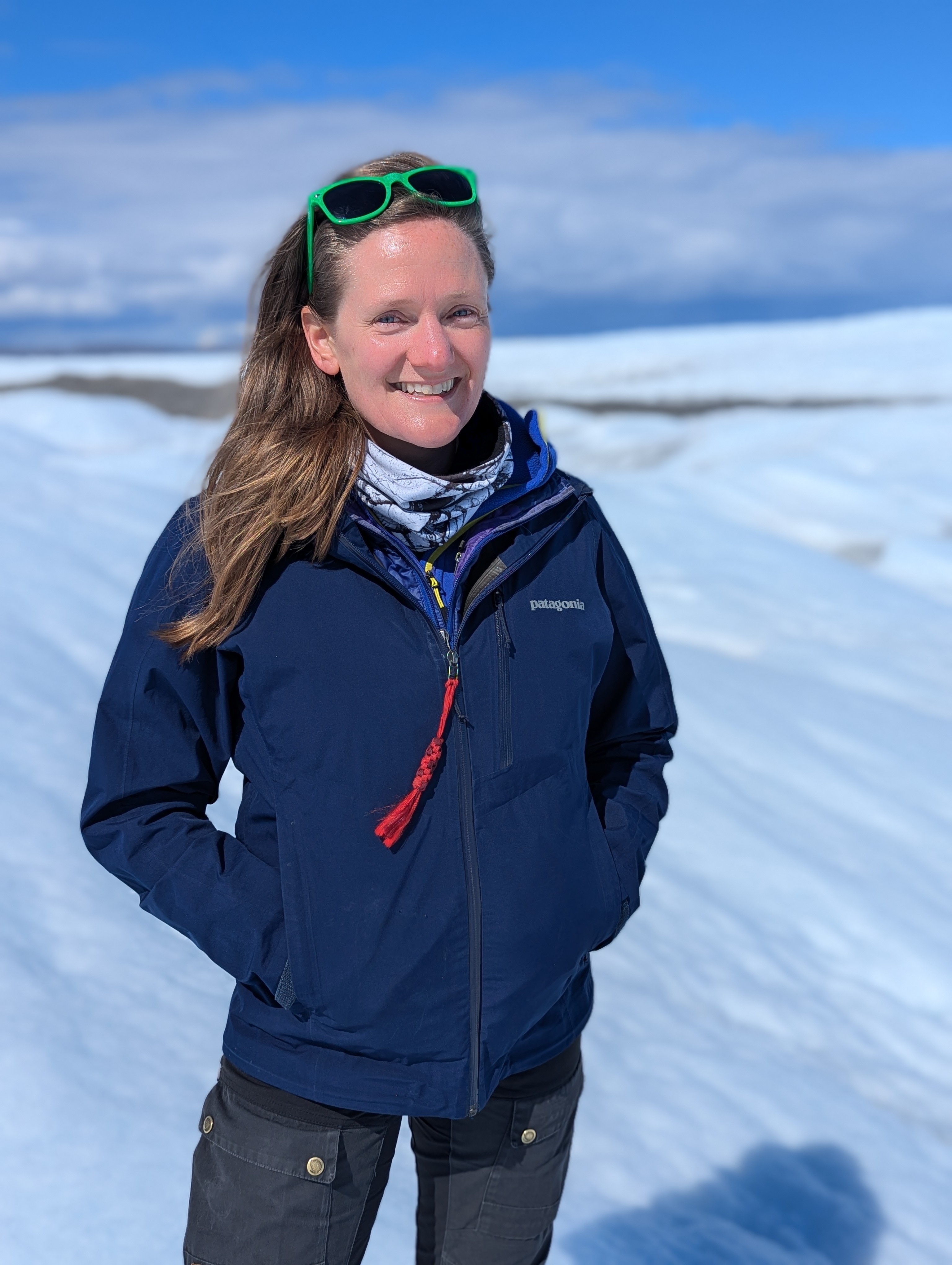
Satellite data allow us to examine water quality at much broader spatial scales and higher temporal resolutions than is
possible with in-lake sampling alone.
My work pairs in situ lake measurements with satellite imagery to develop predictive models of water quality in
lakes. I am interested in tracking how changes in metrics such as chlorophyll-a, temperature, and other water quality metrics vary at
different temporal scales, ranging from within a season to across decades.
I also ask questions about how these parameters vary spatially within a lake - e.g.,
do blooms occur predictably in certain areas of the lake, and is that changing through time?
To work towards improving predictions of cyanobacterial abundance, I am also working on a project pairing satellite imagery with measurements of cyanobacteria-specific pigments and
several cyanotoxins. As part of this collaborative project, I am striving to develop more robust models that can use satellite imagery to more accurately predict not only cyanobacteria abundance,
but cyanotoxin conditions.
This project (SICM: Satellite-Integrated Cyanobacterial Monitoring) is a collaboration with
researchers at the University of New Hampshire,
Association for the Protection of Cape Cod (APCC), Martha’s Vineyard Commission, NH DES, and
many citizen scientist volunteers.
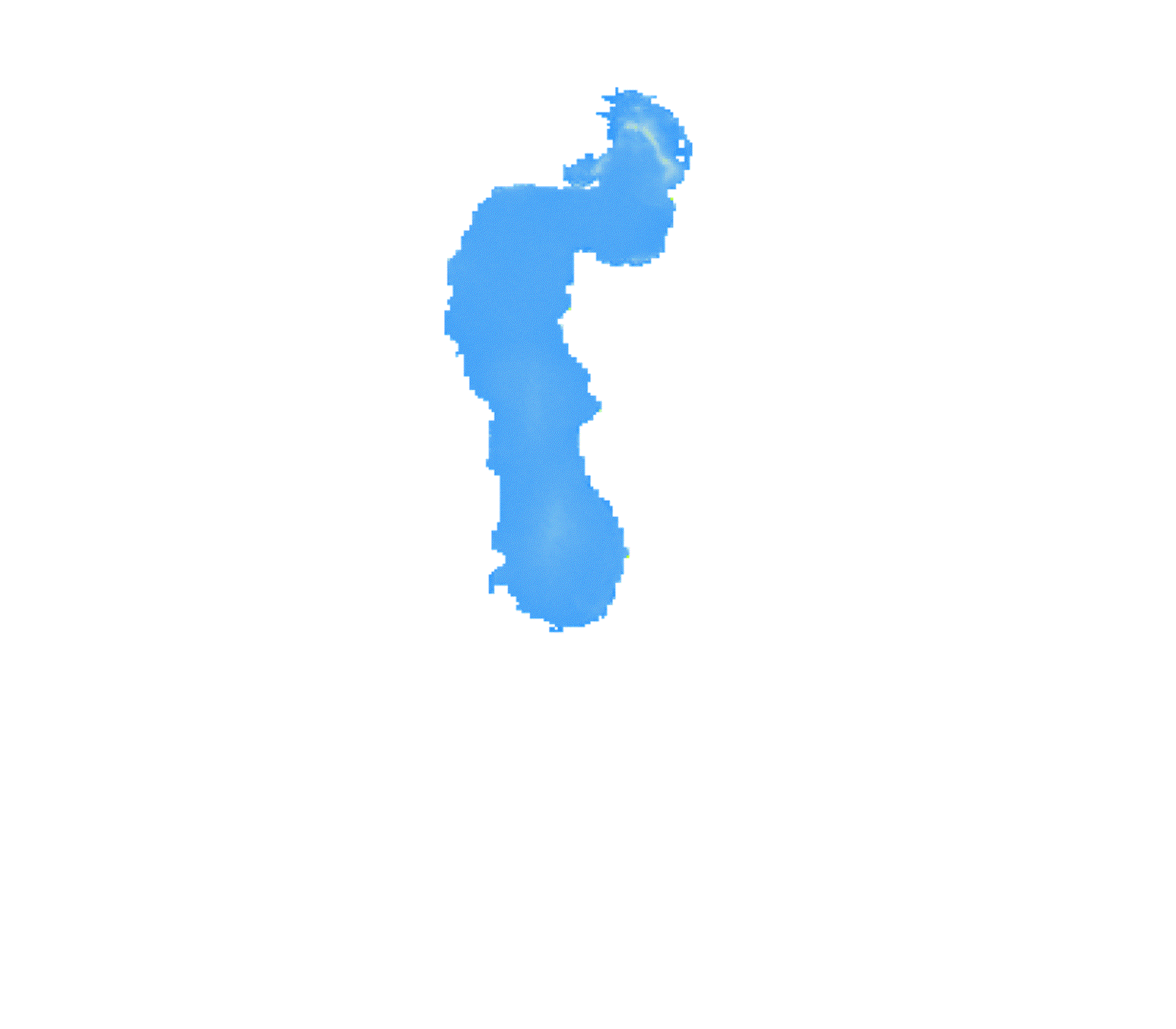
Cyanobacteria and the toxins they produce are a major concern worldwide for their harmful effects on human and environmental health. A major focus of my work has been investigating the transfer and accumulation of cyanotoxins in underinvestigated systems such as aquatic food webs in arctic and alpine lakes. I have found that cyanotoxins in these systems can be transferred within multiple components of the benthic and pelagic food webs. I am especially interested in exploring how cyanotoxins are transferred between aquatic and terrestrial ecosystems, through mechanisms such as emerging insects, transfer through plants, and aerosolization. I am currently looking at which mechanisms of cyanotoxin transfer are occurring in Loon Pond, an alpine lake in northern New Hampshire.

Aerosolization of cyanobacteria and their toxins represents a potentially important route of toxin exposure and a potential mechanism of dispersal of cyanobacterial cells across landscapes, yet the environmental factors driving bioaerosol production in freshwater systems are not yet well described. I am working on developing techniques for capturing and quantifying aerosolized cells from aquatic and terrestrial substrates in temperate and polar regions to improve our understanding of how cyanobacterial cells and toxins may be transported by this process. I also use controlled laboratory and mesocosm experiments to tease apart the potential environmental (e.g., temperature, humidiity) and biological (e.g., composition of the food web) mechanisms influencing aerosolization rates.
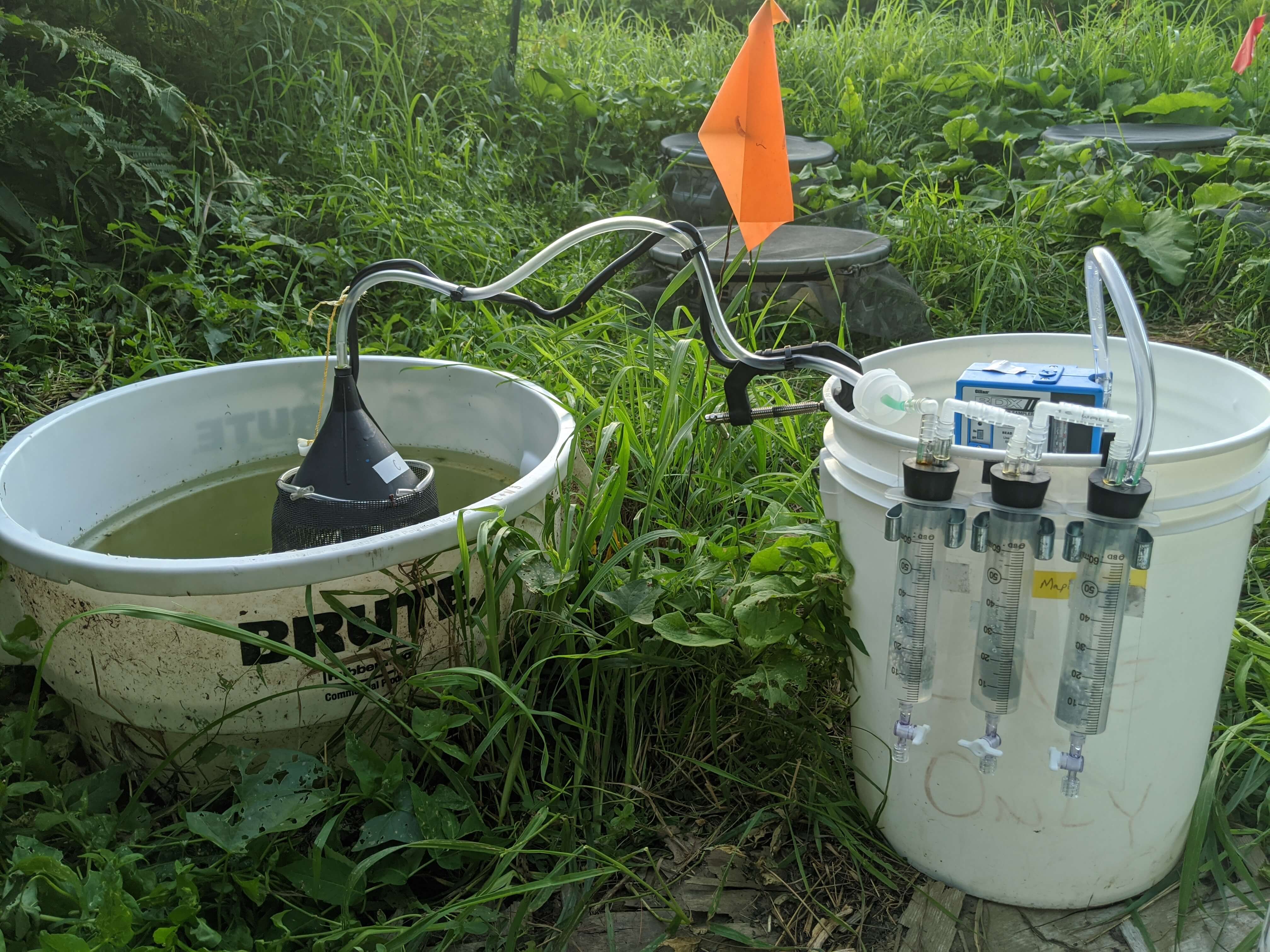
In many polar lakes and ponds, benthic cyanobacteria represent an important component of the ecosystem. While many high latitude systems
lack conspicuous surface blooms, cyanobacteria are often abundant and productive at the bottom of the lake, thriving
as benthic mats and multicellular colonies on the benthos.
I am interested in the role benthic communites play in these ecosystems, especially
the extent to which they contribute cyanotoxins to the aquatic food web.
My research on cyanobacteria of the genus Nostoc (also known as "sea tomatoes")
in Greenlandic lakes, where they can be extremely abundant, has shown that benthic colonies contain cyanotoxins and may be important in releasing these toxins
into aquatic ecosystems. Benthic cyanobacteria are not limited to polar environments and I am also interested in how toxin production varies in
benthic communities in temperate lakes.

Green hues along the shoreline of alpine lake, Loon Pond, in northern New Hampshire.
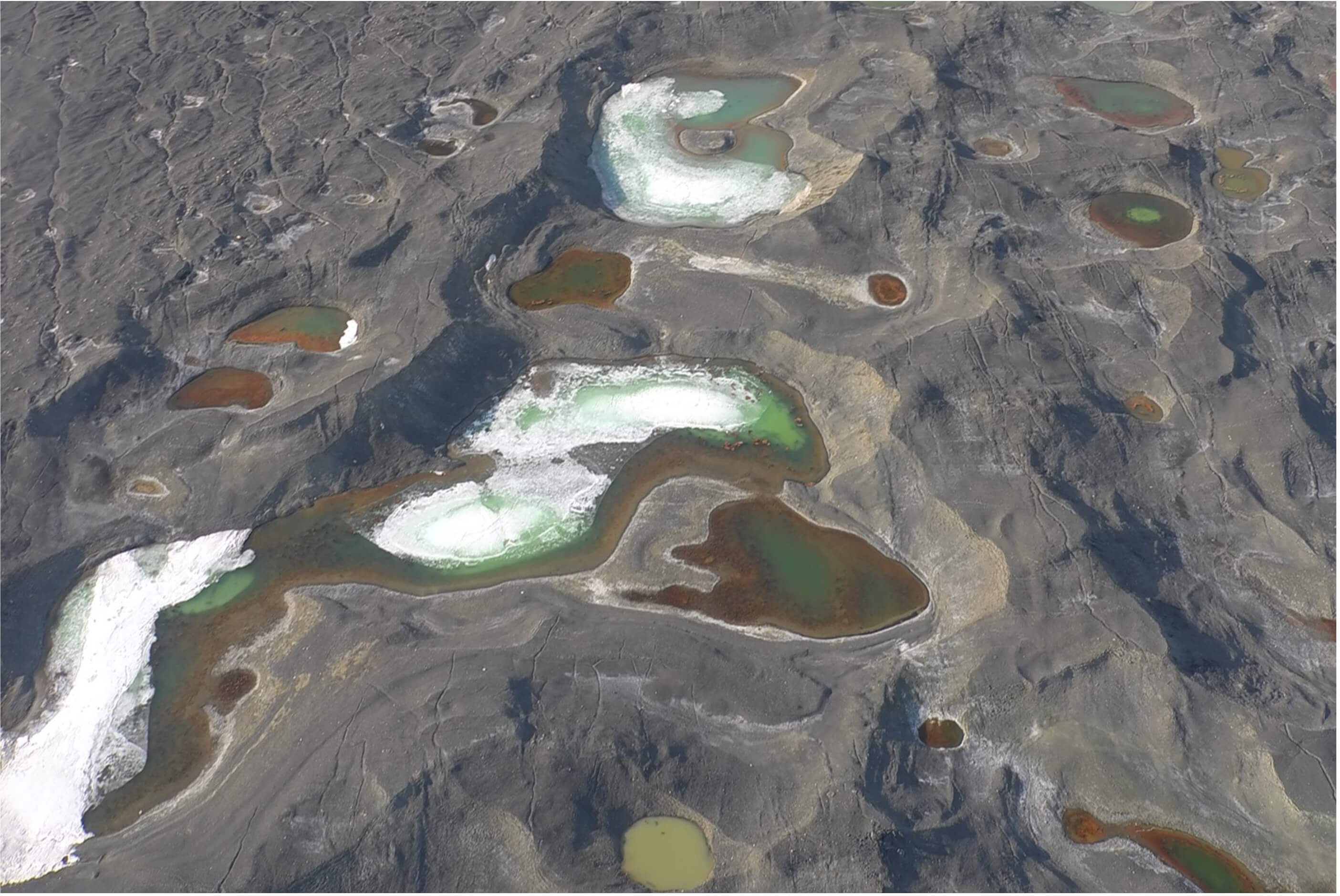
Bacteria thriving in ponds in Miers Valley, Antarctica.
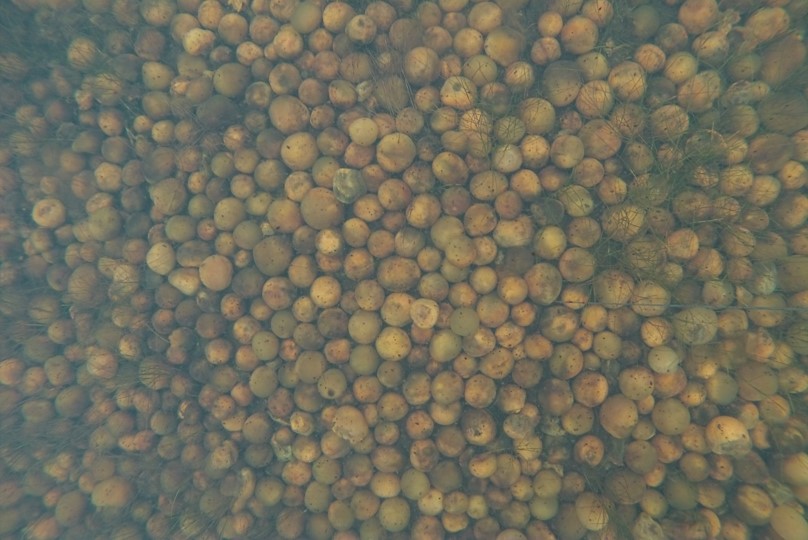
Hundreds of thousands of Nostoc colonies cover the floor of a pond in southwestern Greenland
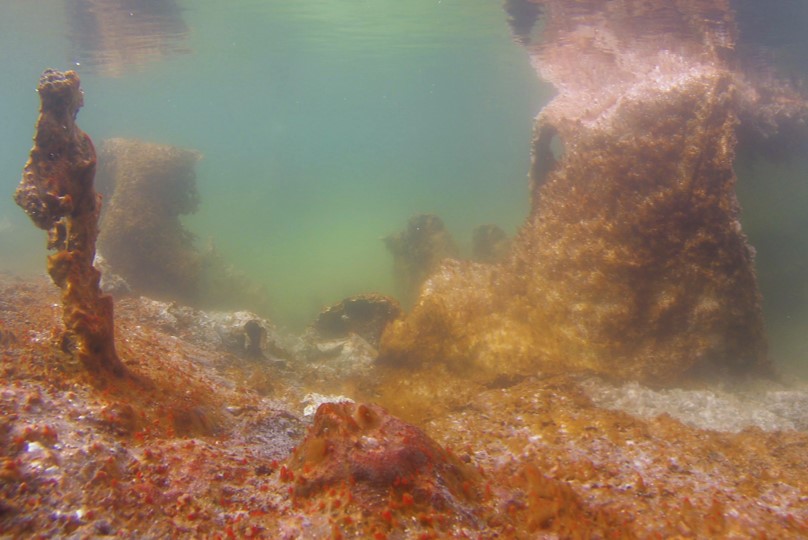
A carpet of microbial mats show off bright reds and oranges at the bottom of a pond in the Dry Valleys, Antarctica
A colony (thought to be N. zetterstedtii) washed onto shore in a Greenland pond
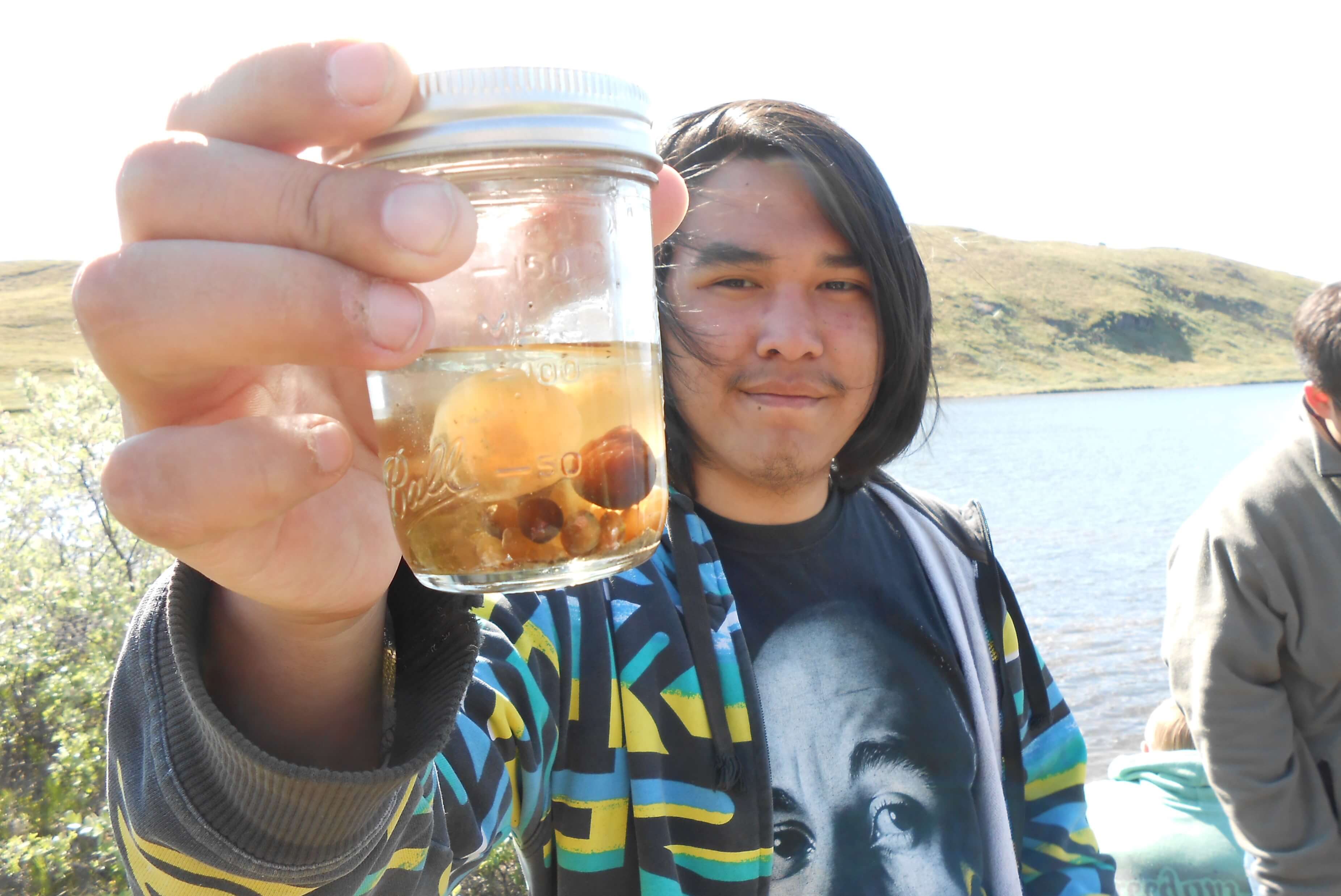
Greenlandic high school student inspects a jar of small colonies
Large Nostoc colonies collect in the shallow shoreline waters
Scroll through images
Teaching is one of the most fun and rewarding aspects of being a scientist. I have taught many courses between Dartmouth College and Colby-Sawyer College, including:
Every person should get the chance to participate in science and research and
I learn a great deal from the perspectives and contributions from community members.
I enjoy engaging with community scientists through hands-on research, lake monitoring projects, community events, and open forums. I contribute to training community scientists and water quality managers in lake monitoring techniques
through the Cyanobacterial Monitoring Collaborative (CMC)
and through local lake associations.
I am currently working with
the Lake Sunapee Protective Association (LSPA)
to develop a community science cyanobacteria monitoring program
(CyanoScope). This program trains community members how to collect, count, and identify key types of cyanobacteria
in the lake using customized sampling kits and counting protocols (check out the
CyanoCounter).
The resulting data are helping us track changes in the abundance and composition of cyanobacteria in Lake Sunapee. Additionally, the community scientists
sample on days with known satellite overpasses to enable pairing of the in-situ data with satellite imagery, which I'm using to improve algorithms for remotely sensing
cyanobacterial abundance in the lake (see Research Interests).
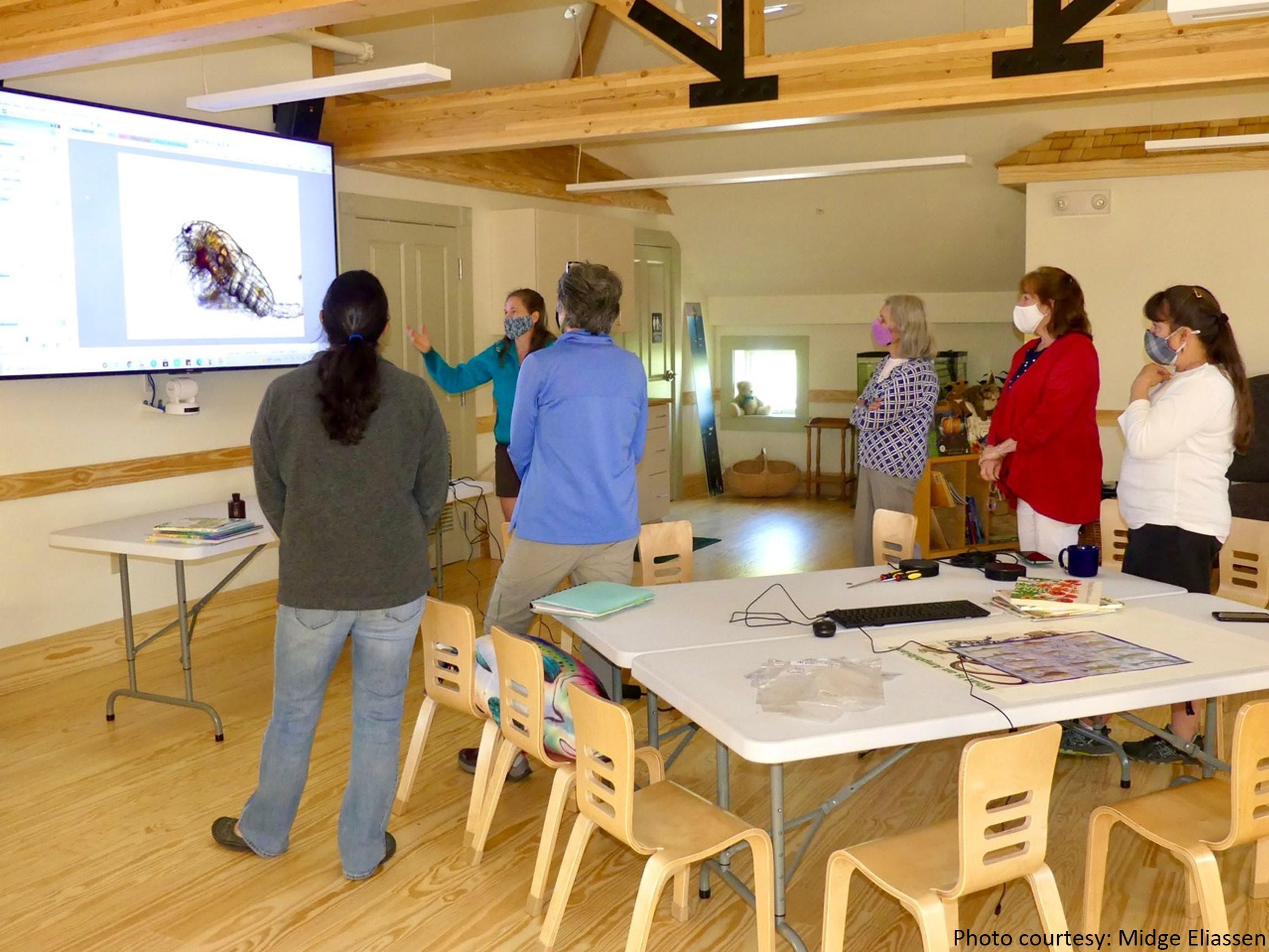
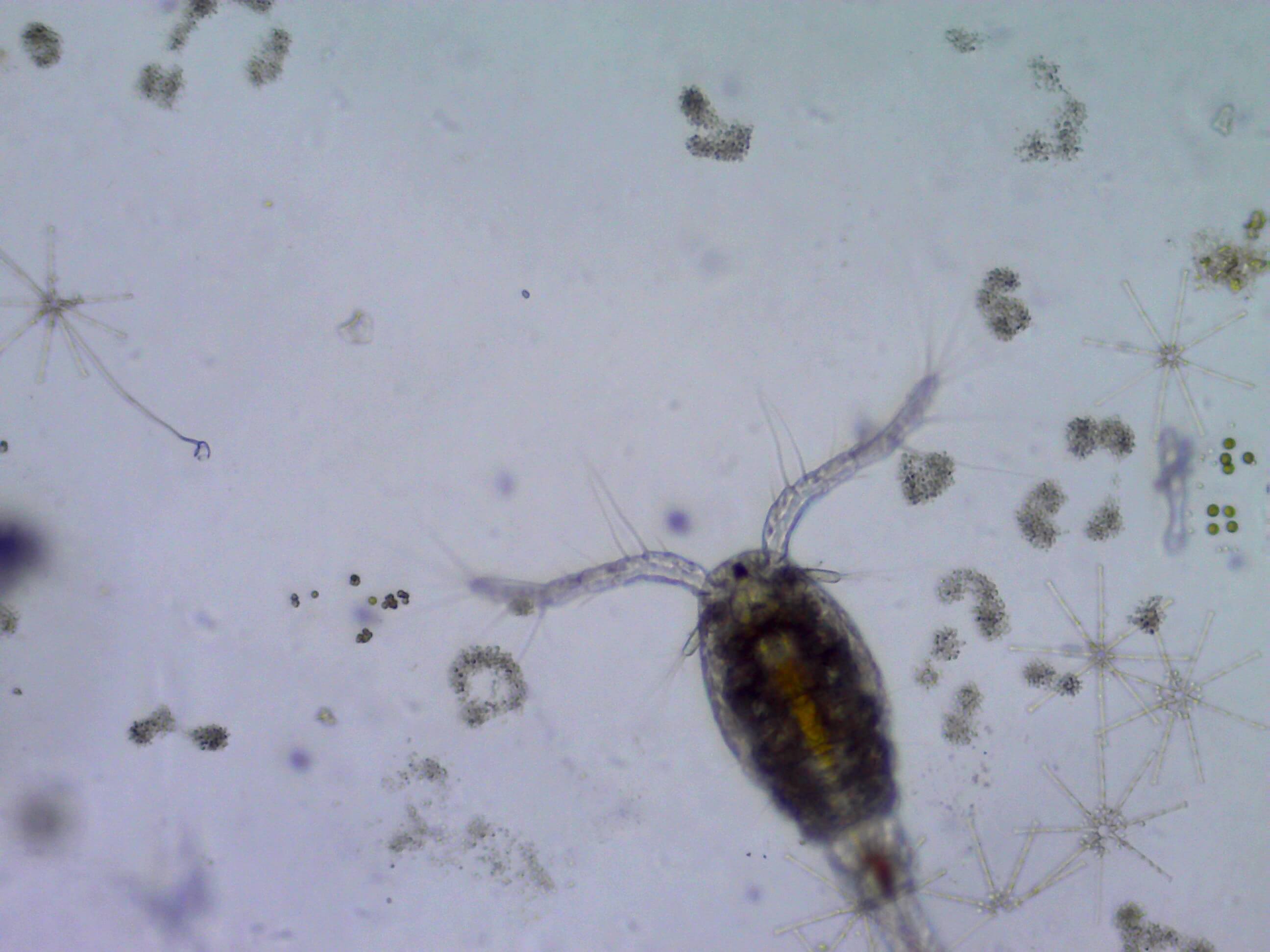
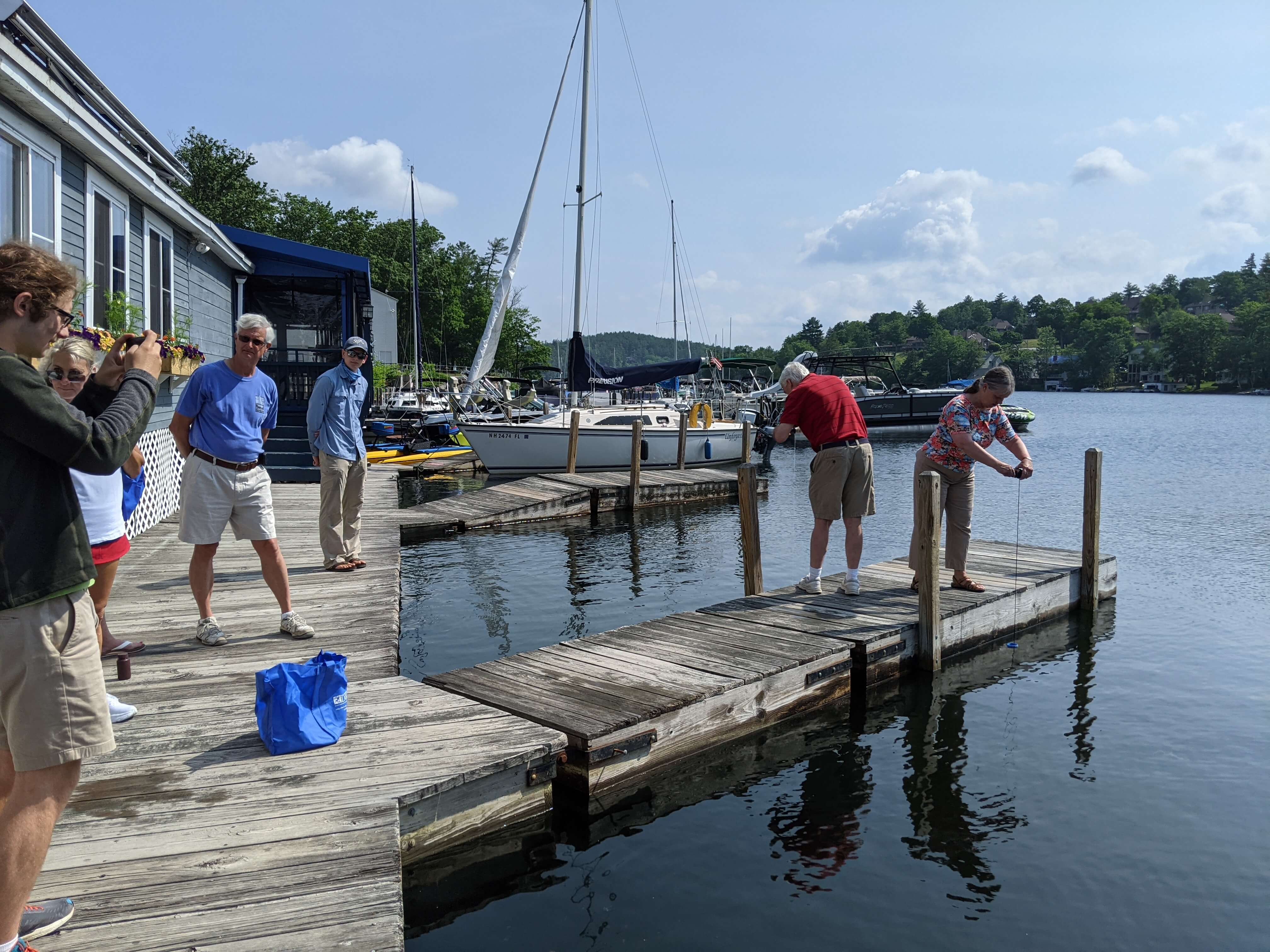
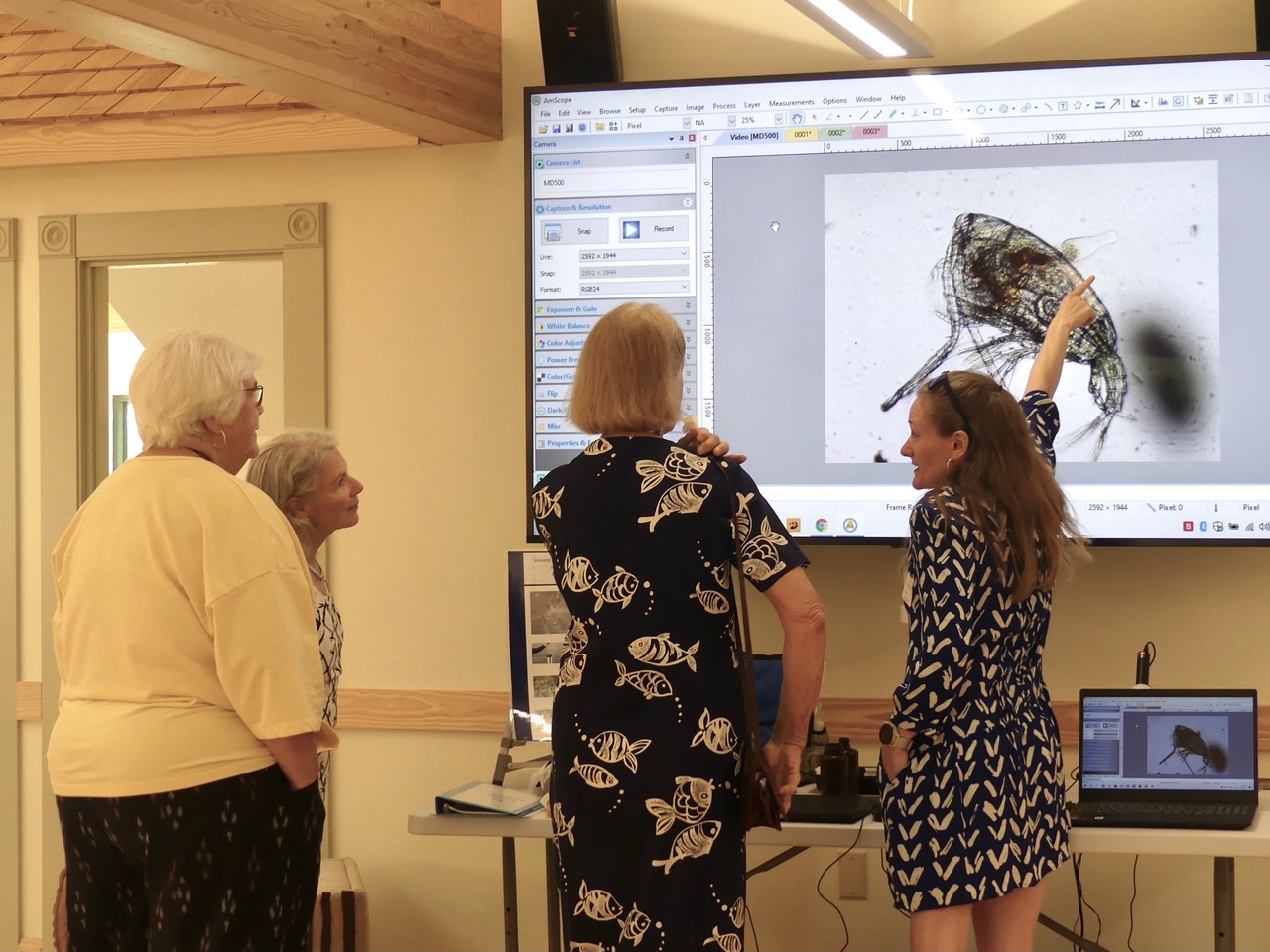
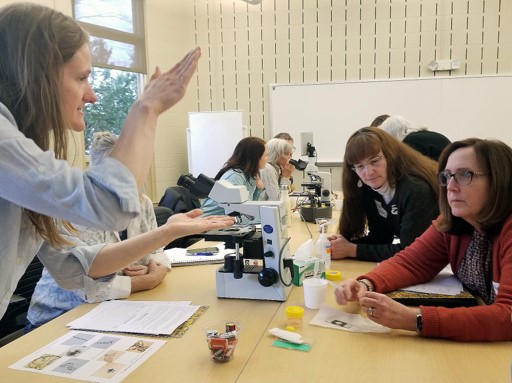
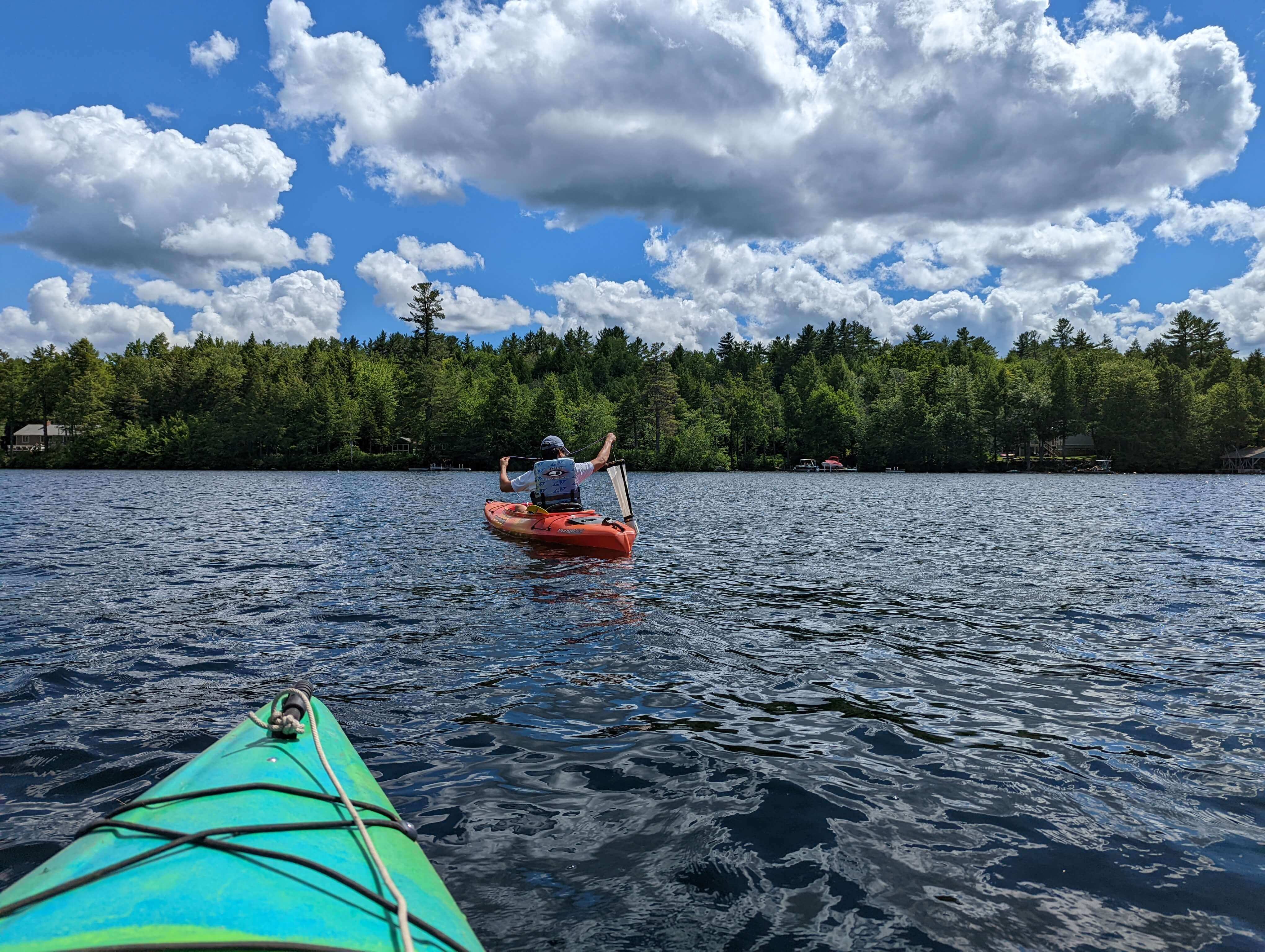
Trout-Haney, J.V.=, J.A. Brentrup=, K.L. Cottingham, K.C. Weathers, B.D., Cook, M.J. Ducey, C. Herrick, K.M. Johnson, M.W. Palace, B.G. Steele, M.C., Thompson, and D.A. Lutz. Realizing the promise of satellite-based remote sensing for freshwater lake research and management. In Review at Ecosphere.
Gilbert, J.J. and J.V. Trout-Haney Gigantism in the rotifer Asplanchna brightwellii: Dietary control, reproduction, propensity for sex, and ecological significance. In Revision at Journal of Plankton Research.
Gilbert, J.J. and J.V. Trout-Haney Sexual reproduction in Asplanchna brightwellii from a temporary habitat: Effects of generation from the stem female and population density. In Review at Journal of Freshwater Biology.
Harris, T., K.L Reinl, H-P.F. Grossart, X. Sun, P.D.F. Isles, R.L. North, V. Nava, J.V. Trout-Haney, I. Ogashawara, M.C.A. Paule-Mercado, S.A. Berger, M. Bizic, D. Ionescu, P. Urrutia-Cordero, L. N. de Senerpont Domis, Q. Zhan, Z.M. Kouhanestani, S.H. Burnet, G.A. Weyhenmeyer, I. Elfferich, B.W. Ibelings, S. Soria-Píriz, M. Azarderakhsh, P. Almela, R. Bhattacharya, M.C. Berman, Y.R. McElarney, A.M. Morales-Williams, K. Ali Ger, K. Yokota, J. Mauch, J. Cianci-Gaskill. 2024. What makes a cyanobacterial bloom disappear? A review of the abiotic and biotic cyanobacterial bloom loss factors. Harmful Algae. 133. https://doi.org/10.1016/j.hal.2024.102599.
Reinl, K.L., T.D. Harris, R.L. North, P. Almela, S.A. Berger, M. Bizic, S.H. Burnet, H.P. Grossart, B.W. Ibelings, E. Jakobsson, L.B. Knoll, B.M. Lafrancois, Y. McElarney, A.M. Morales-Williams, U. Obertegger, I. Ogashawara, M.C. Paule-Mercado, B.L. Peierls, J.A. Rusak, S. Sarkar, S. Sharma, J.V. Trout-Haney, P. Urrutia-Cordero, J.J. Venkiteswaran, D.J. Wain, K. Warner, G.A. Weyhenmeyer, K. Yokota 2023. Blooms like it Cold. Limnology and Oceanography Letters. https://10.1002/lol2.10316.
Herrick, C., B.G., Steele, J.A. Brentrup, K.L. Cottingham, M.J. Ducey, D.A. Lutz, M.W. Palace, M.C. Thompson, J.V. Trout-Haney, and K.C. Weathers, 2023. lakeCoSTR: A Tool to Facilitate Use of Landsat Collection 2 to Estimate Lake Surface Water Temperatures. Ecosphere 14(1):e4357. https://doi.org/10.1002/ecs2.4357.
Trout-Haney, J.V. and K.L. Cottingham. 2021. Microcystins in planktonic and benthic communities of Greenlandic lakes. Ecosphere. 12 (6), e03539. https://doi.org/10.1002/ecs2.3539.
Layden, T.J., C.T. Kremer, D.L. Brubaker, M.A. Kolk, J.V. Trout-Haney, D.A. Vasseur, S.B. Fey. 2021. Thermal acclimation influences the growth and toxin production of freshwater cyanobacteria. Limnology and Oceanography Letters. https://doi.org/10.1002/lol2.10197.
Trout-Haney, J.V., A.L. Ritger*, and K.L. Cottingham. 2020. Benthic cyanobacteria of the genus Nostoc are a source of microcystins in Greenlandic lakes and ponds. Freshwater Biology. 00:1-12. https://doi.org/10.1111/fwb.13636.
Trout-Haney, J.V., R.C. Heindel, and R.A. Virginia. 2020. Picocyanobacterial cells aerosolize from terrestrial and freshwater substrates in Greenland and Antarctica. Environmental Microbiology Reports. https://doi.org/10.1111/1758-2229.12832
Trout-Haney, J.V., Z.T. Wood*, and K.L. Cottingham. 2016. Presence of the cyanotoxin microcystin in lakes of southwestern Greenland. Toxins. 8(9) 256. https://doi.org/10.3390/toxins8090256.
Cottingham, K.L.=, S.B. Fey=, K.J. Fritschie=, and J. Trout-Haney=. 2016. Advancing ecosystem science by promoting greater use of theory and multiple research approaches in graduate education. Ecosystems. 20(2):1-7. https://doi.org/10.1007/s10021-016-0070-3.
Trout-Haney, J.V. 2006. An assessment of plankton populations, toxic cyanobacteria, and potential impact of introduced marine alewife (Alosa pseudoharengus) in Pawtuckaway Lake, New Hampshire. UNH Center Freshwat. Biol. Res. 8(1):1-17.
Selected manuscripts submitted or In-Prep for 2022:
Trout-Haney, J.V., D.A. Lutz, K.L. Cottingham, K.C. Weathers, Herrick, C., J. Brentrup, Steele, Ducey, M. J., D. A., Palace, M. W., Thompson, M. C. Two decades of spatial and temporal patterns of chlorophyll-a in a eutrophic freshwater lake as detected by remotely sensed imagery. In preparation for Remote Sensing of Environment.